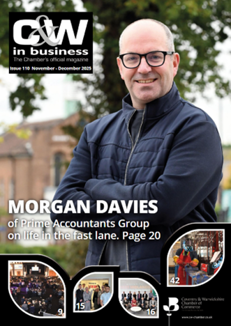According to the Office for National Statistics, over 1.25 million people in the UK held a second job as of December 2024, making up 3.7% of the employed population. And this number continues to rise.
People take on side hustles for many reasons: to manage the cost of living, reduce debt, or achieve long-term goals like saving for a home or planning early retirement. For others, it’s about creating a financial buffer in an uncertain world. What’s clear is that the traditional single-income model no longer provides the security it once did.
“Whether driven by necessity, ambition, or passion, the side gig is here to stay.”
Side gigs also offer something increasingly valuable and that’s flexibility. From freelance work to teaching, crafting, network marketing, or consulting, people are finding ways to earn around their existing responsibilities. And for many, these ventures provide more than just income, they offer fulfilment and purpose.
Speaking from personal experience, building a passive income via my network marketing business made all the difference when I had to step back from full-time work due to health reasons. It allowed me to focus on recovery without added financial stress.
The rise of second gigs marks a fundamental shift in how we think about work and financial security. For some, it’s about making ends meet; for others, it’s about building a better future.
Whether driven by necessity, ambition, or passion, the second income is undoubtedly here to stay.

























